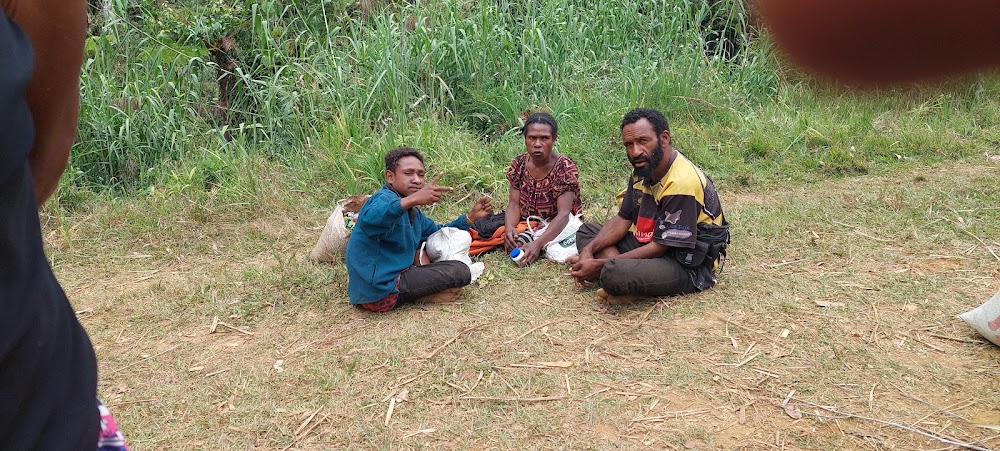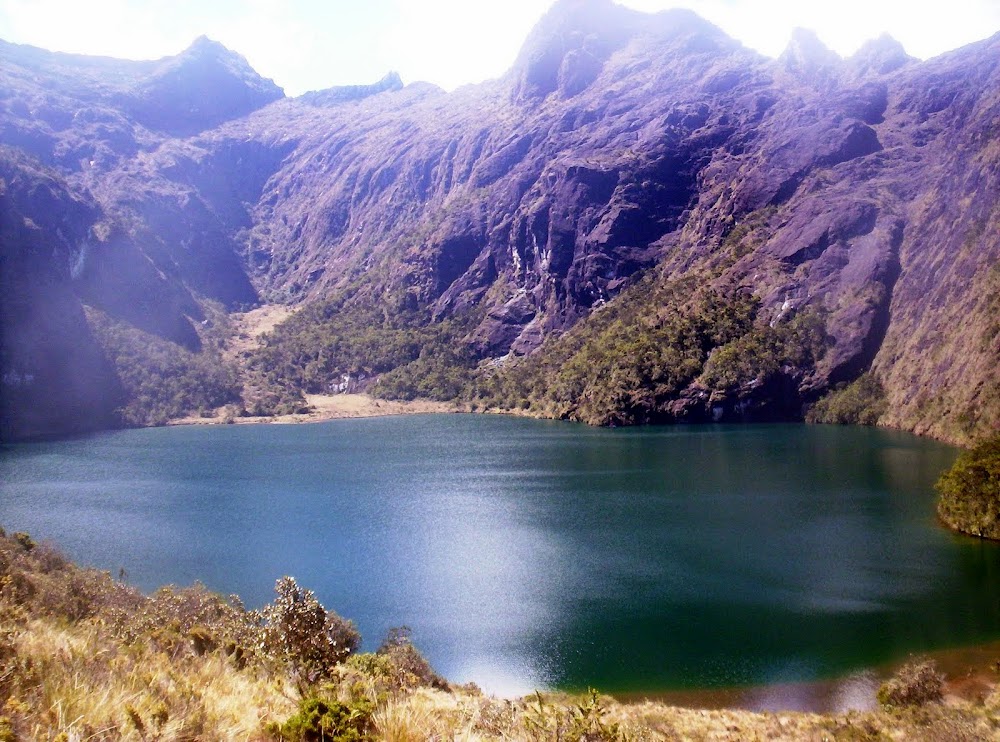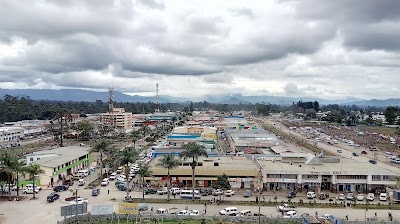Kainantu Pottery (Kainantu Pottery)
Related Places
Overview
In the heart of the lush Eastern Highlands Province of Papua New Guinea lies the charming town of Kainantu, home to a vibrant cultural treasure: Kainantu Pottery. This intricate craft center, also known as the Eastern Highlands Cultural Center, boasts a rich history that beautifully intertwines tradition, art, and community.
Founded in the 1950s by Dutch missionary Jan Smit, Kainantu Pottery was born out of a vision to harness local materials and the artistic talents of the community. Recognizing ceramics as a medium for cultural expression and economic opportunity, Smit established what began as a humble clay workshop, which has since blossomed into a significant cultural hub.
The unique pottery created at Kainantu reflects the deep cultural roots of the Eastern Highlands people. The designs often feature traditional symbols and motifs that have been passed down through generations. Each piece serves as a narrative, telling stories of local myths, nature, and daily life.
The process of creating these exquisite pottery pieces starts with locally sourced clay. Artisans carefully gather clay from specific sites known for their quality. After collection, the clay undergoes a thorough cleaning and refining process to eliminate impurities. Artisans then skillfully mold the clay using traditional hand-building methods such as coiling or pinching, shaping each piece with meticulous attention to detail.
Once molded, the pottery is left to dry slowly, a crucial step that helps prevent cracking during firing. After this drying phase, the pieces are prepared for their first firing in a kiln. While traditional kilns in Kainantu were once simple earth ovens, modern techniques have introduced electric and gas kilns, allowing for more controlled firing conditions.
The first firing, known as bisque firing, hardens the clay while maintaining its porosity for glazing. Glazing adds color and a protective layer to the pottery. Renowned for their unique glazing techniques, Kainantu artisans often use natural pigments that reflect the vibrant palette of their surroundings. The glazed pieces are then fired again, undergoing a remarkable transformation under intense heat.
Beyond pottery, the Eastern Highlands Cultural Center serves as an epicenter for a variety of activities aimed at preserving and promoting the region's culture. It hosts workshops, exhibitions, and festivals that celebrate local arts, crafts, and music. The center is not only a place of creation but also a gathering spot for knowledge exchange and cultural education.
Visitors to the center are often greeted by an array of beautifully crafted items on display, from decorative vases to functional kitchenware. Each piece mirrors the hands that shaped it and the stories embedded within, captivating tourists and locals alike with the beauty and authenticity of the art forms nurtured at the center.
Over the years, Kainantu Pottery has gained international recognition, with pieces exhibited worldwide. This exposure has showcased the incredible skills of the artisans while shedding light on the rich culture of Papua New Guinea. As a result, it has created sustainable livelihoods for numerous local families, ensuring that these traditions continue to thrive.
The existence of Kainantu Pottery stands as a testament to the power of community initiative and cultural pride. It serves as a beacon of the rich heritage of the Eastern Highlands Province, immortalizing the artistic spirit of Papua New Guinea. As the center continues to evolve, it remains a poignant reminder of the timeless beauty crafted by human hands, drawn from the earth and shaped by the flames of tradition.







